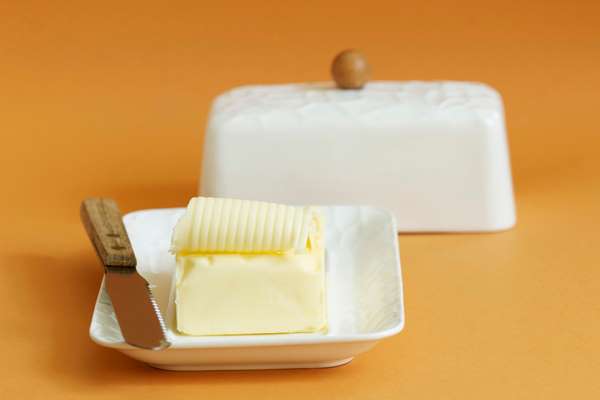Beef fat (tallow) and butter from grass-fed cows have similar caloric values and total fat content, but they differ in saturated fat composition, cholesterol levels, and micronutrient profiles.

Beef fat contains approximately 50% saturated fat, whereas butter has a higher percentage—around 57%. Additionally, beef fat has a lower cholesterol content than butter. Both products provide fat-soluble vitamins A, D, E, and K, essential for various bodily functions, but their high saturated fat content necessitates moderate consumption.
Tallow, derived from rendering beef fat, is widely used in high-temperature cooking due to its high smoke point. Recently, it has gained attention in skincare for its potential moisturizing properties, though scientific evidence supporting these benefits remains limited. In contrast, grass-fed butter, obtained from cows fed a diet rich in grass, contains elevated levels of conjugated linoleic acid (CLA) and vitamin A. CLA is associated with immune function and anti-inflammatory effects, but most research focuses on CLA supplements rather than dietary sources.
Despite potential health benefits, excessive consumption of these fats may contribute to cardiovascular disease. The American Heart Association advises limiting saturated fat intake to 6% of daily calories. Consequently, while beef fat and grass-fed butter can be included in a balanced diet, they should be consumed in moderation, with a preference for unsaturated fat sources like olive or canola oil.






